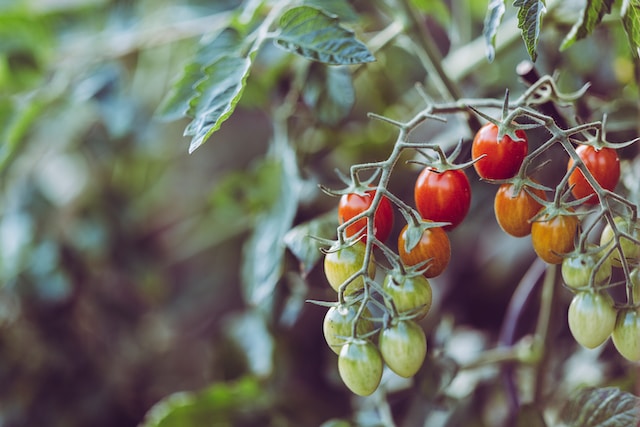
As the sun rises over the sprawling fields of green crops, farmers across the world gather their tools and head out to their land to begin their day’s work. It’s a timeless scene, one that has been repeated for centuries. But as we look towards the future, we must think beyond the traditional methods of farming and consider the long-term impact of our actions on the environment and on future generations.
Sustainable agriculture is about planting seeds for the future. It’s about understanding the soil, the climate, and the local ecosystem to create a farm that works in harmony with nature. Traditional farming practices have often caused damage to the environment, such as soil erosion, depletion of natural resources, and pollution of water and air. By practicing sustainable agriculture, we can ensure that our planet remains healthy and thriving for generations to come.
The Principles of Sustainable Agriculture
Sustainable agriculture is founded on a set of principles that prioritize long-term environmental health, social responsibility, and economic viability. By adopting these principles, farmers can cultivate food while minimizing negative impacts on the environment and maintaining the overall well-being of ecosystems. Let’s explore the key principles of sustainable agriculture:
Soil health and conservation
Healthy soil is the foundation of sustainable agriculture. Practices that promote soil health, such as organic matter addition, cover cropping, and reduced tillage, enhance soil fertility and structure, improve water retention, and reduce erosion. By adopting soil conservation techniques, farmers can protect the soil from degradation, preserve its nutrient content, and promote its long-term productivity.
Biodiversity and ecosystem management
Maintaining biodiversity is vital for sustainable agriculture. Diverse ecosystems provide natural pest control, pollination services, and nutrient cycling. By preserving and enhancing biodiversity on and around farms, farmers can create habitats for beneficial organisms.
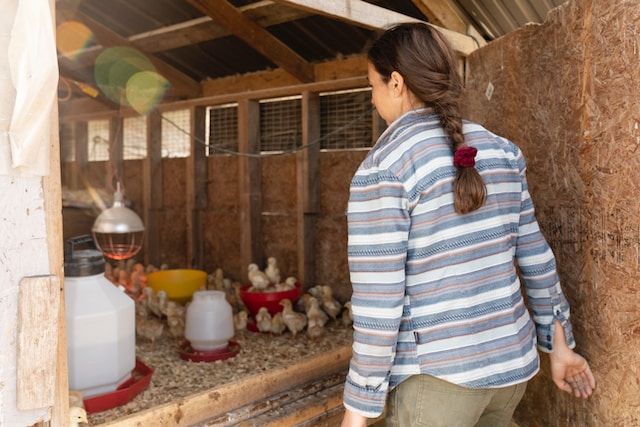
They can also reduce the reliance on chemical inputs, and promote ecological resilience. Strategies like planting hedgerows, incorporating buffer zones, and conserving natural habitats contribute to biodiversity conservation.
Water conservation and efficient irrigation
Water is a precious resource, and sustainable agriculture aims to minimize water usage while maximizing efficiency. By implementing water conservation practices such as drip irrigation, precision watering, and rainwater harvesting, farmers can optimize water usage, reduce runoff and evaporation, and mitigate water scarcity. Efficient irrigation techniques improve crop yields, protect water resources, and contribute to overall sustainability.
Integrated pest management
Integrated pest management (IPM) is an approach that focuses on preventing and managing pests using a combination of strategies. Instead of relying solely on chemical pesticides, IPM emphasizes the use of biological control methods, crop rotation, habitat manipulation, and resistant crop varieties. By implementing IPM, farmers can minimize the negative impacts of pest control on the environment, protect beneficial insects, and reduce pesticide residues in food.
Nutrient management and reducing chemical inputs
Proper nutrient management is essential for sustainable agriculture. Farmers strive to optimize nutrient use efficiency, minimize nutrient losses, and reduce reliance on synthetic fertilizers. This involves practices such as soil testing, targeted fertilization, crop rotation, and the use of organic amendments like compost and manure. By reducing chemical inputs, farmers can protect water quality, prevent nutrient runoff, and promote ecosystem health.
Adhering to these principles of sustainable agriculture helps farmers improve the resilience and productivity of their farms while minimizing negative environmental impacts.
Sustainable Farming Techniques
To achieve sustainability in agriculture, farmers employ a range of innovative and eco-friendly techniques.
These sustainable farming practices prioritize environmental stewardship, optimize resource management, and promote efficient and resilient food production systems. Let’s explore some key sustainable farming techniques:

Organic farming
Organic farming practices prioritize soil health, biodiversity conservation, and the avoidance of synthetic chemicals. By eliminating the use of synthetic fertilizers and pesticides, organic farming promotes natural nutrient cycling, reduces chemical runoff, and protects the health of farmers and consumers. It also enhances soil fertility, supports biodiversity, and contributes to overall ecosystem health.
- Organic certification and labeling: Organic farming systems adhere to strict guidelines and regulations to ensure the integrity of organic products. Certification programs, such as USDA Organic in the United States or EU Organic in Europe, verify that farmers meet specific criteria for organic production. Organic labeling enables consumers to make informed choices and support sustainable agriculture.
- Organic pest and weed management: Organic farmers employ various techniques to manage pests and weeds without relying on synthetic chemicals. These techniques include crop rotation, biological control methods (such as beneficial insects), physical barriers, cultural practices (such as intercropping and companion planting), and the use of organic-approved pesticides derived from natural sources.
Agroforestry and agroecology
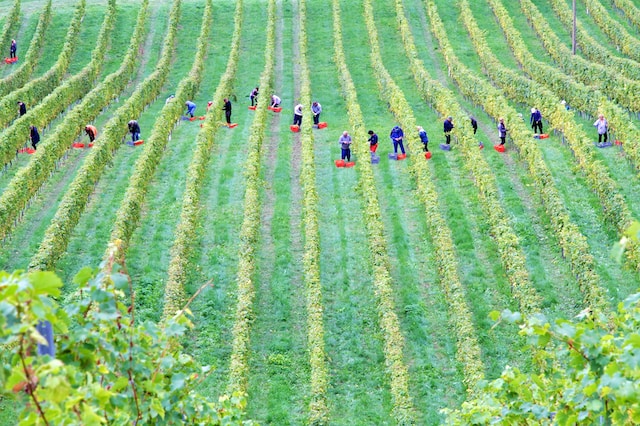
Integration of trees and crops: Agroforestry involves deliberately integrating trees or woody shrubs with crops or livestock. This practice provides numerous benefits, such as enhanced soil fertility and microclimate regulation.
It can also bring about improved water retention, and diversified income sources for farmers. Agroforestry systems can include alley cropping, where rows of trees are alternated with crop rows, or silvopasture, which combines trees with livestock grazing.
Enhancing biodiversity and soil fertility: Agroecology focuses on creating sustainable and resilient farming systems that mimic natural ecosystems. It emphasizes biodiversity conservation, reduced chemical inputs, and the integration of ecological principles into agricultural practices. By incorporating agroecological principles, farmers can improve soil fertility, reduce pests and diseases, and foster ecological balance.
Conservation and restoration of ecosystems: Agroforestry practices contribute to the conservation and restoration of ecosystems. By planting trees on farms, farmers provide habitat for wildlife, enhance biodiversity, and mitigate climate change by sequestering carbon. Agroforestry also helps protect water resources by reducing erosion, improving water quality, and regulating water flow.
Precision agriculture and technology
- Use of data-driven techniques: Precision agriculture utilizes advanced technologies and data analysis to optimize resource use. Soil sensors, aerial imagery, and GPS technology enable farmers to assess soil moisture levels, nutrient content, and crop health. This information helps farmers make precise decisions about irrigation, fertilization, and other inputs, reducing waste and increasing efficiency.
- Sensor technologies and remote sensing for precision farming: Sensors, such as weather stations and soil moisture probes, provide real-time data on environmental conditions, allowing farmers to adjust irrigation schedules and other management practices accordingly. Remote sensing technologies, such as satellite imagery and drones, enable farmers to monitor crop health, detect pest infestations, and assess field conditions over large areas.
- Adoption of smart farming practices: Smart farming integrates various technologies, such as Internet of Things (IoT) devices, machine learning, and automation, to optimize farm operations. Automated irrigation systems, robotic weed control, and variable rate fertilizer application are examples of smart farming practices. These technologies reduce resource waste, improve productivity, and minimize environmental impacts.
Sustainable Livestock Farming
Livestock farming plays a significant role in global food production, and sustainable practices in this sector are crucial for environmental stewardship and animal welfare. Sustainable livestock farming aims to minimize the environmental impact while ensuring the health and well-being of animals. Let’s delve into key aspects of sustainable livestock farming:
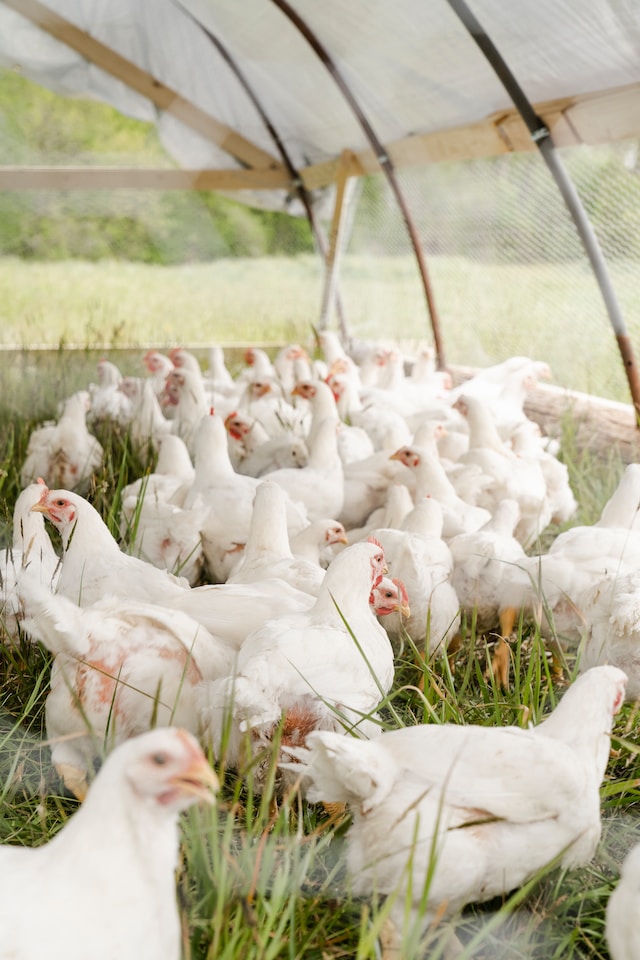
Pasture-based and rotational grazing systems
Pasture-based and rotational grazing systems involve allowing animals to graze on natural pastures and periodically rotating them to fresh grazing areas. These systems offer several benefits, such as improved soil health, reduced erosion, increased biodiversity, and better animal nutrition. By mimicking natural grazing patterns, farmers can enhance pasture quality, promote carbon sequestration in soils, and provide a more natural habitat for livestock.
Animal welfare and ethical considerations
Sustainable livestock farming places a strong emphasis on animal welfare and ethical considerations. Farmers prioritize providing animals with proper housing, access to clean water, adequate nutrition, and the freedom to express natural behaviors. They aim to minimize stress and discomfort, prevent disease outbreaks, and ensure humane handling and slaughter practices. By promoting animal welfare, sustainable livestock farming supports the physical and mental well-being of animals.
Manure management and nutrient recycling
Effective management of livestock manure is essential for sustainable farming. Farmers employ strategies to capture and recycle nutrients from manure while minimizing environmental impacts. This includes implementing practices like manure composting, anaerobic digestion, and proper storage to prevent water pollution. Nutrients recovered from manure can be used as organic fertilizers, reducing the need for synthetic fertilizers and closing nutrient cycles on the farm.
Alternatives to conventional animal feed production
Sustainable livestock farming explores alternative feed sources to reduce reliance on conventional feed production methods. This includes practices such as incorporating locally sourced feed ingredients and utilizing byproducts from the food industry.
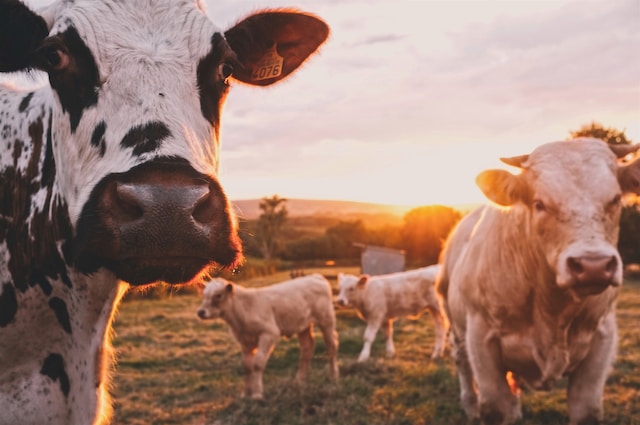
Another method is promoting regenerative agricultural practices that integrate livestock with crop production. These approaches reduce the environmental footprint of livestock farming, minimize deforestation associated with feed crops, and contribute to a more sustainable food system.
Furthermore, sustainable livestock farming encourages the exploration of innovative technologies and practices to enhance efficiency and reduce environmental impact. This includes precision feeding techniques, such as ration balancing and feed optimization algorithms, which improve nutrient utilization and minimize feed waste.
As we look to the future, the importance of sustainable agriculture cannot be ignored. By prioritizing the health of the soil, the ecosystem, and water sources, we can create a farming system that not only provides for us now but also sustains the future. As the sun sets on our fields once again, we can rest assured that we are leaving behind a legacy of sustainability and environmental responsibility.


